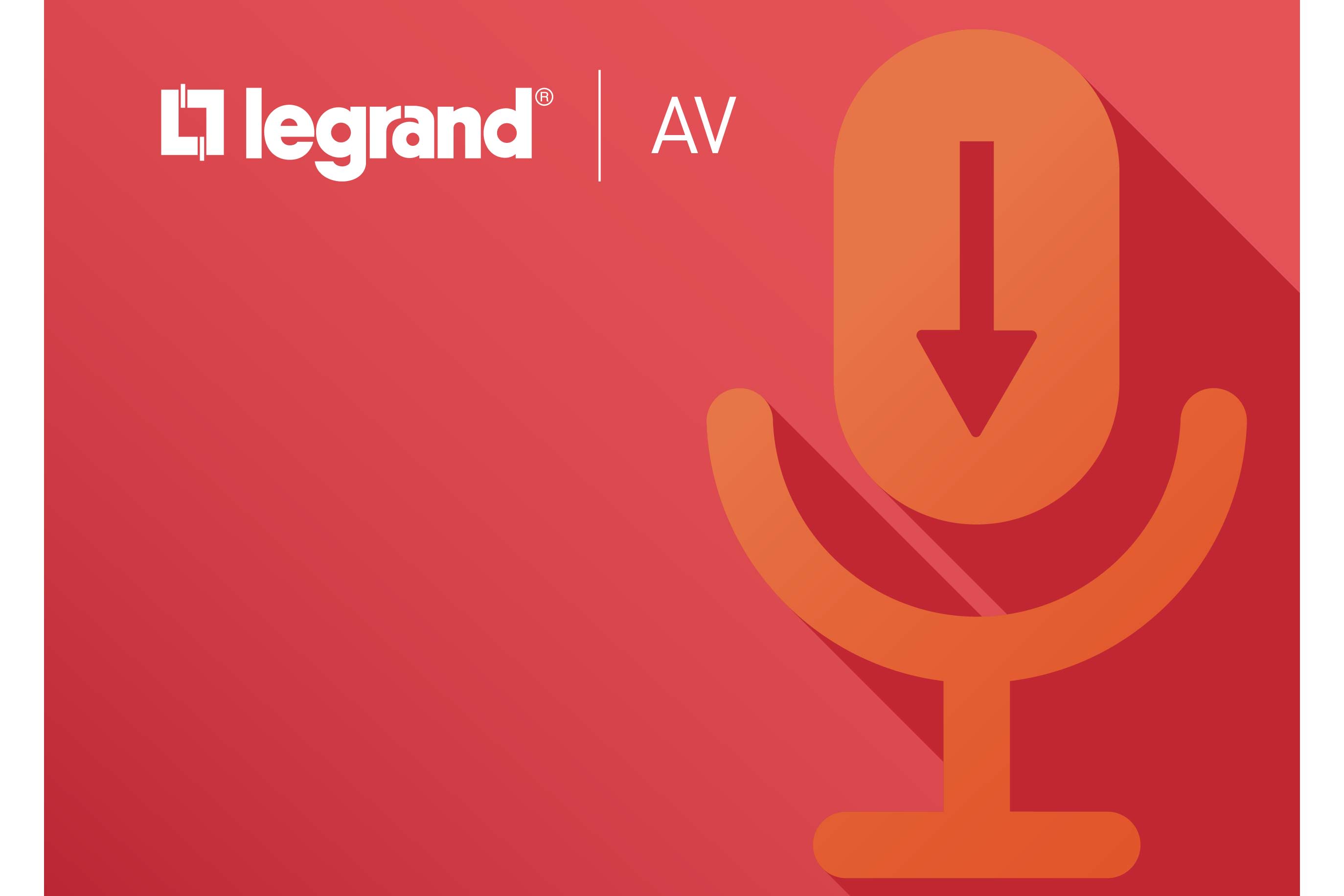
You’ve reached the fourth post in our series on the Americans with Disabilities Act (ADA) and its intersection with the AV industry. Well done, you! If you’ve come this far, you obviously have a great interest in making AV spaces that comply with ADA requirements.
In this post, we’re going to talk about what we’ve learned about the ADA and how to apply it to education, corporate and digital signage spaces.
As a brief recap, the first blogs in this series covered the overall goals of the ADA and what parts AV professionals need to know, the physical requirements of spaces for ADA compliance, and audio systems that make experiences better for people with hearing or language impairments.
Consider this blog series a companion piece to Legrand | AV’s publication “ADA in AV: Making AV Technology ADA compliant.” The guide is the most comprehensive publication specifically for the AV industry about the ADA that we know of. Visit www.legrand.com/ada to find the guide and other free resources on this topic.
Education Spaces and ADA
When approaching a tough question about ADA in education, Brian Retzlaff, Manager, Solutions Engineering at Legrand | AV, always comes back to thinking about the intent of the law.
“It’s trying to make the world accessible and things accessible for folks who don’t have the same abilities or different abilities than others,” Retzlaff said. “So, I look at the core of what is the ask, and I just try to find a solution that helps overcome whatever that problem presents itself as. We want those experiences to be amazing for everybody.”
Retzlaff has seen education AV fads come and go. Interactive displays were once the rage, but after 10 years, most teachers are just using them as a display. On top of that, the displays are typically smaller and become more difficult to see from the back of the room when lowered for accessibility.

Larger displays are making a move right now as a trend, but Retzlaff encourages integrators to make a case for a return to projection. Projection surfaces are large enough for people in the back of the room, and all the arguments about maintenance, brightness, and changing lamp lights are no longer relevant with today’s projectors.
Whether install projection screens or large, thin displays, the 4-inch protrusion limit becomes a concern. Retzlaff, however, wants integrators to consider what that guideline is really about and if it applies to every situation.
The rule is at heart about paths of egress. Something in the front of the classroom may not necessarily need to be considered an obstacle in that path. Additionally, in a school with 50 rooms, careful scheduling and planning can ensure people who need accommodations have access in the rooms they are using.
Moving along to the AV basics, advances in software and hardware are making great differences in learning environments. Captioning improves every day. Better microphones and cameras are ensuring everything is captured and transmitted in the best possible way.
“I’m definitely a visual learner,” Retzlaff said. “So I noticed in a recent training session I was in, I just clicked a button, and it started captioning everything that was being said in that meeting. That made my learning a little bit easier during that session.”
Budgets in education can always be tough to manage when it comes to technology. Retzlaff noted that during the pandemic, many schools took advantage of one-time financial resources to add distance learning capabilities to more rooms. However, a long-term view should be taken when planning upgrades. For example, having the right connectivity options if wi-fi becomes less desirable will save a lot of trouble down the road.
Teaching mindsets may also need to be addressed. Many teachers who had their classrooms equipped for fully remote learning are not using that technology once students returned. However, students still may miss a day of classes for one reason or another. Having the ability to watch remotely or review a recorded class keeps them from falling behind. It also allows students with learning disabilities to review concepts with full audio and video, instead of relying only on notes.
Another shift may include allowing students to bring smart devices to class in order to fully engage with the content in the way they need. Work still needs to be done to figure out how to keep them focused on the apps that are helpful and away from apps that can distract. In any case, it’s important for AV professionals to be aware of the various challenges presented with adding student-driven technology to classrooms.

Listen to the full interview with Brian Retzlaff at The Download Podcast.
Corporate Spaces and ADA
We’re pivoting to ADA in corporate spaces. Yes, we can hear the groans that come with the word “pivot.” We get it.
But nevertheless, we’re pivoting.
There’s perhaps no place in the AV world that epitomizes the need for re-thinking how we design rooms than the conference space. The harsh reality is that the pandemic put a spotlight on how inadequate conferencing spaces were once we returned to the office and tried to use the old systems.
The upside is that we also gained a ton of empathy when it comes to usability and effectiveness of these systems, especially when it comes to meeting equity. Not only are spaces meeting ADA compliance, they are enhancing the experience for anyone no matter where they are during the meeting.

Listen to the full interview with David Albright at The Download Podcast.
“There’s new opportunity to rethink not only the physical space, but how that physical space connects to those that aren’t in the room,” said David Albright, Senior Business Development Manager for Hybrid Collaboration and AV at Legrand | AV. “What’s pushing all of us to think harder is why is the office important to our business? Then I can better design and invest in it going forward to meet that purpose.”
For Albright, this rethinking is a prime opportunity to consider how these meeting spaces need to evolve to be more flexible, to present content in a larger format, and generally impact the universal accessibility of the space.
While not strictly under ADA guidelines, this sort of approach extends to decisions on lighting, acoustics, power and data connectivity, and more. All of these elements help to create a better, more accessible experience for all. As businesses put more emphasis on diversity and inclusion initiatives, creating universal spaces that address the comfort of any participant is just one way to make employees feel welcomed and attract the best talent.
Asked to identify any recent examples of this design thinking at play, Albright was quick to point out Microsoft. As they work to improve the Teams experience, they are also looking at the corporate spaces where Teams is used. That means highlighting the accessibility of the Microsoft Surface Hub interactive display.
Adding a height adjustable mounting solution ensures that anyone wishing to engage with the display is able to do so. You can read more about Legrand’s efforts with Microsoft on our Industry Collaborations Page.
Finally, Albright wanted integrators to be mindful of decisions that can affect a space even down to the choice of table. End users who want to purchase something online may not be aware of the benefits that AV-designed furniture can add to a conferencing space – such as wheelchair accessibility, cable management, and even video-enhancing color choices.
“I would challenge our community to take ADA more seriously, and I think it can be a gateway to a broader understanding of universal holistic design and the benefits it can bring to our end users,” Albright said. “It’s a great time to be having these conversations with our industry and with end users that are struggling with some of these dynamics.”
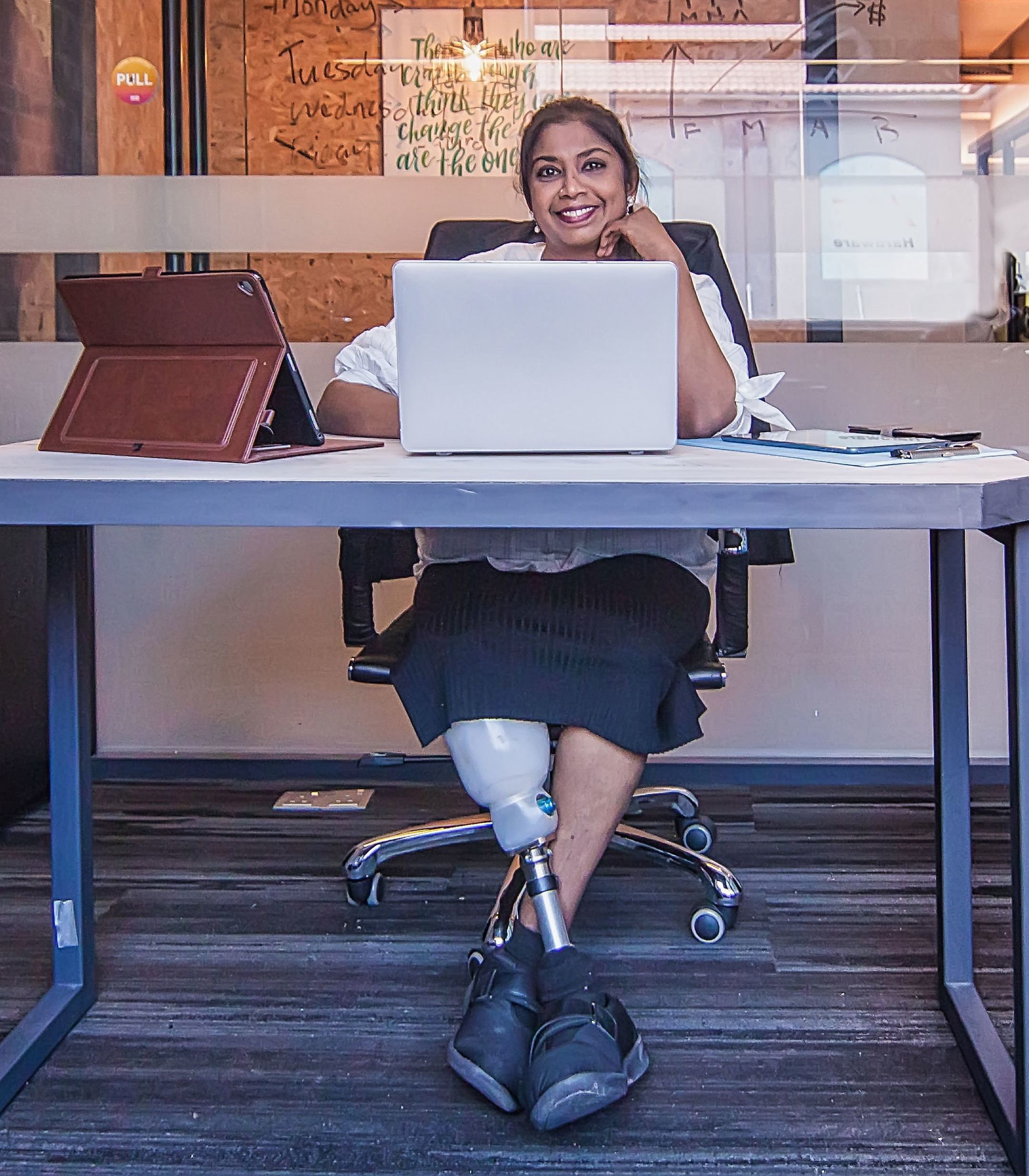
Final Thoughts on Digital Signage and ADA
A lot of the concepts that are important to consider when it comes to AV and ADA have already been discussed in this series. But there are a few more tips to leave here for digital signage applications.
The main thing to remember for ADA and digital signage relates to reach range. If the signage is meant to be interactive, the interactivity portion needs to be accessible within the reach range guidelines so that any user can access the information they need.
Be sure to add vision and hearing accessibility options, with clear indications for how to interact with each device. The content itself, if created in-house, should follow the Web Content Accessibility Guidelines to make sure the content is readable for people with a range of vision impairments.
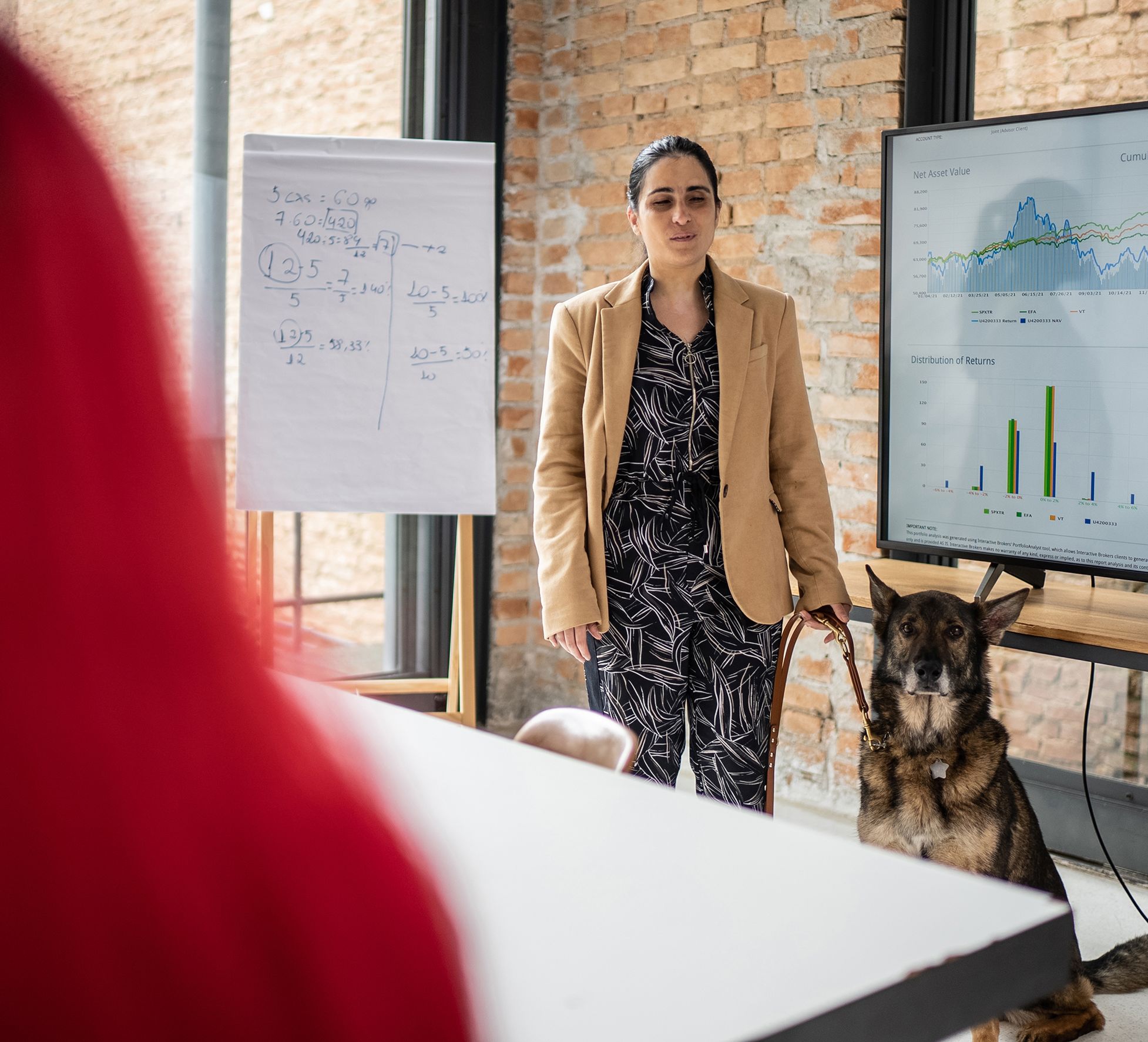
That's a Wrap?
Thank you for reading this series about the ADA. It’s been a rewarding undertaking to compile and share all that we’ve learned about this important topic. It’s also been incredibly uplifting to discover the enthusiasm and interest in the AV community at large when it comes to designing for inclusivity.
We’re not done yet. We’ve got extended interviews with each of our internal and external experts quoted in this blog series as part of our podcast series following the same format of topics explored here. There’s also an AV University course coming soon with plenty of interactive modules to get you and your team up to speed on what they need to know. So stay tuned for that!
For a larger dive into everything we’ve covered and more, get your free copy of our guide, “ADA in AV: Making AV Technology ADA Compliant.”
This blog series is intended to be used for educational purposes only. The intent is to serve as a guide to ADA regulations pertaining to the installation and usage of audio visual technology. However, none of it shall be construed as legal advice, nor should you rely on this content without obtaining your own project-specific verification.
Those seeking additional details or legally accurate definitions of the ADA’s audio visual technology requirements should visit www.ada.gov.
ADA Blog Series Part 1
Let's Get Physical

ADA Blog Series Part 2
The Big Picture
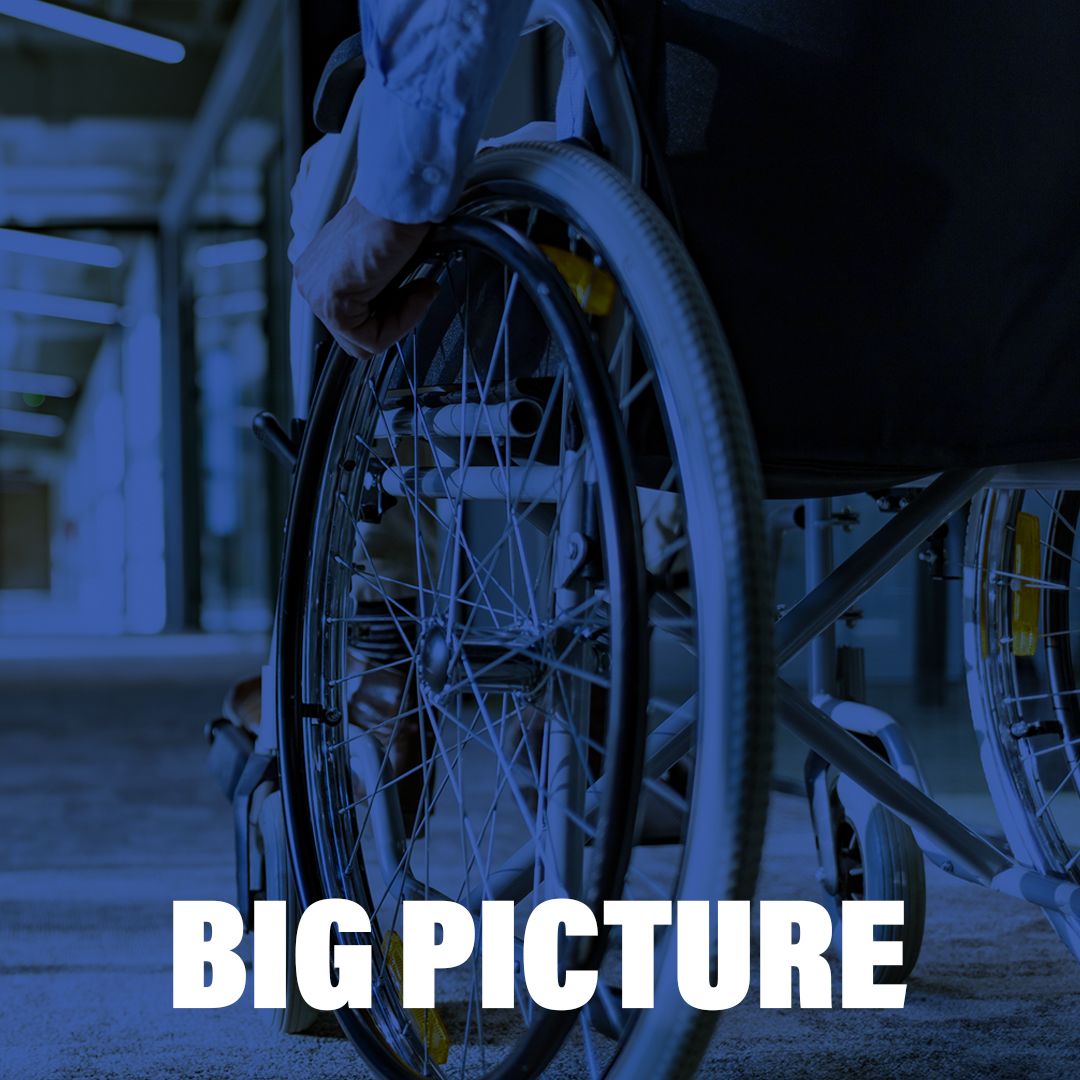
ADA Blog Series Part 3
What's the Frequency AV?
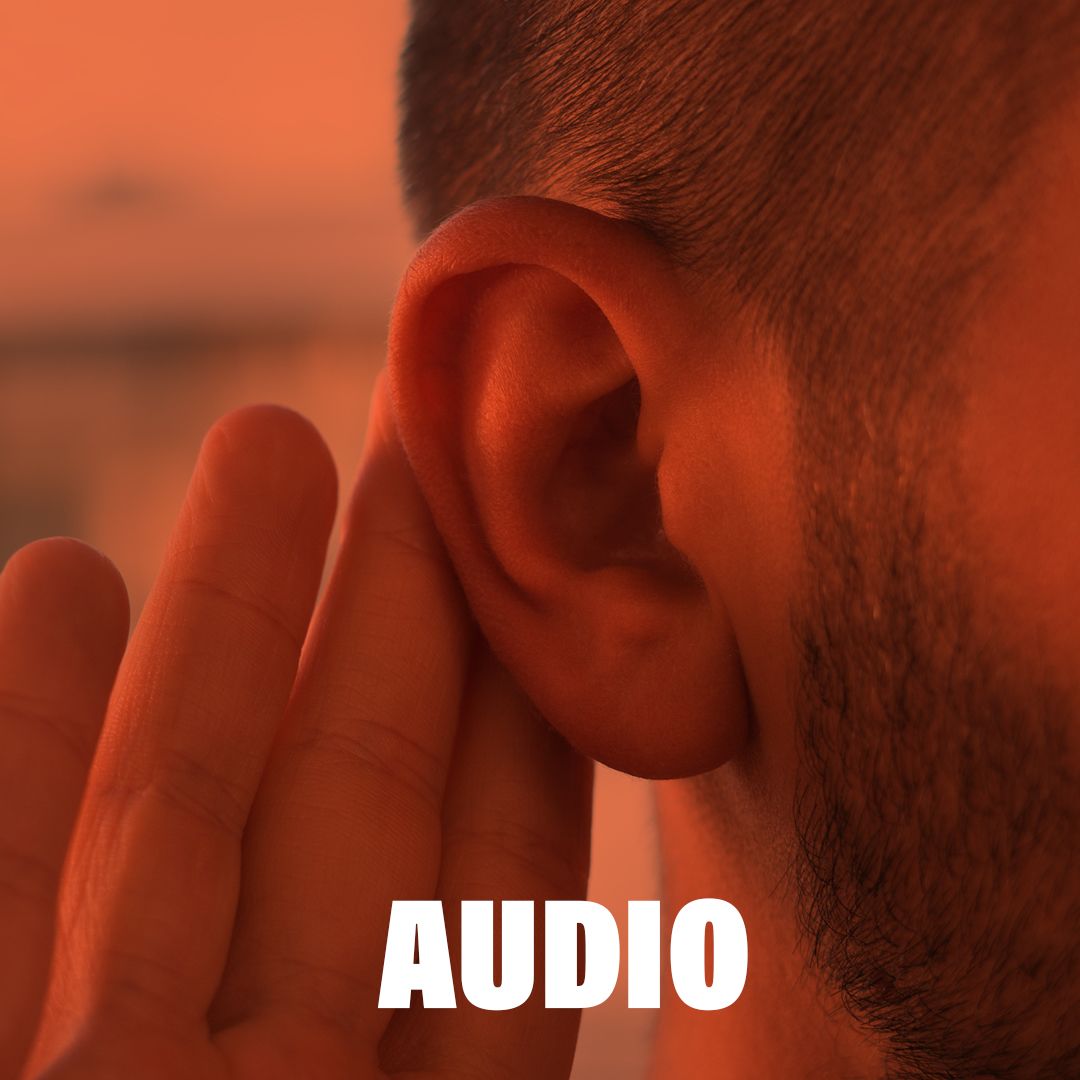
Explore ADA Resources

Get the ADA in AV eBook

Take ADA Courses at AV University

Learn More at the Podcast
